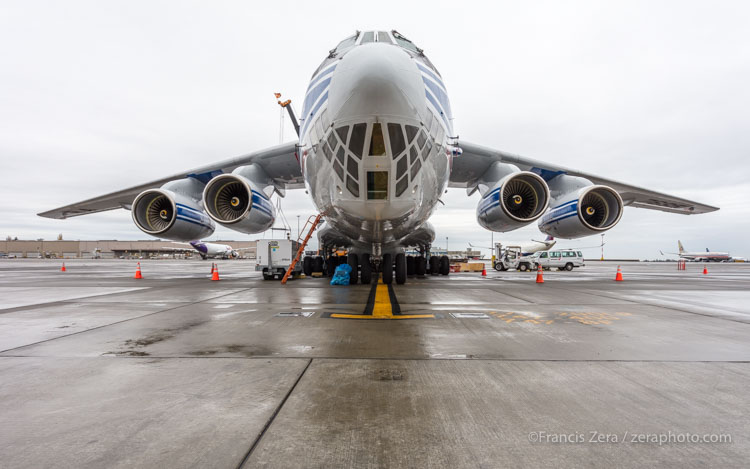
Nose-to-nose with a Volga-Dnepr Il-76. The windows at the forward navigator’s station are a distinctive feature of the aircraft.
With Boeing in our backyard, unusual aircraft are not an uncommon sight at any of metro Seattle’s airports. Antonov An-124s are regular visitors, usually delivering engines to Boeing’s Everett factory. I was recently at Seattle-Tacoma International Airport (SEA) when a rare bird was there to pick up some cargo.
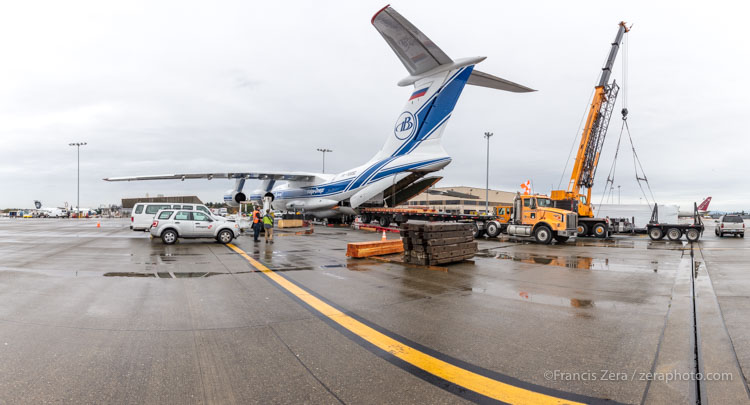
A crane and flatbed trailer were used to load large crates of specialized welding equipment that was to be delivered to Australia
This particular Ilyushin-76-TD-90-VD is owned by Russia-based Volga-Dnepr Airlines, which operates five of these aircraft. Part of the Volga-Dnepr group, the parent company also owns Airbridge Cargo Airlines and Atran Airlines.
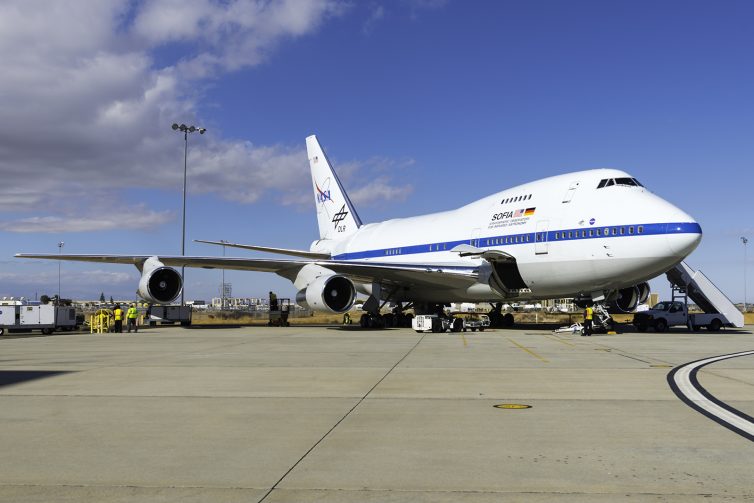
This is N747NA, better known as SOFIA- the Stratospheric Observatory for Infrared Astronomy – Photo: Bernie Leighton | AirlineReporter
You know, despite being a carbon-based life form and therefore largely composed of water molecules – that doesn’t mean I have to like water vapor.
It’s annoying. Think about it? You come in from outside into a warm room and your glasses fog up. Water vapor condenses and produces fog, which keeps me from flying. Sometimes, water vapor even contains annoying minerals resting in solution that can damage precision electronics. If you think I am annoyed by water vapor, talk to an astronomer! It’s worse for them.
Imagine being on the only habitable planet you know of, but having the atmosphere that keeps you alive act like a giant opaque blanket. Gross, right? That’s Earth!
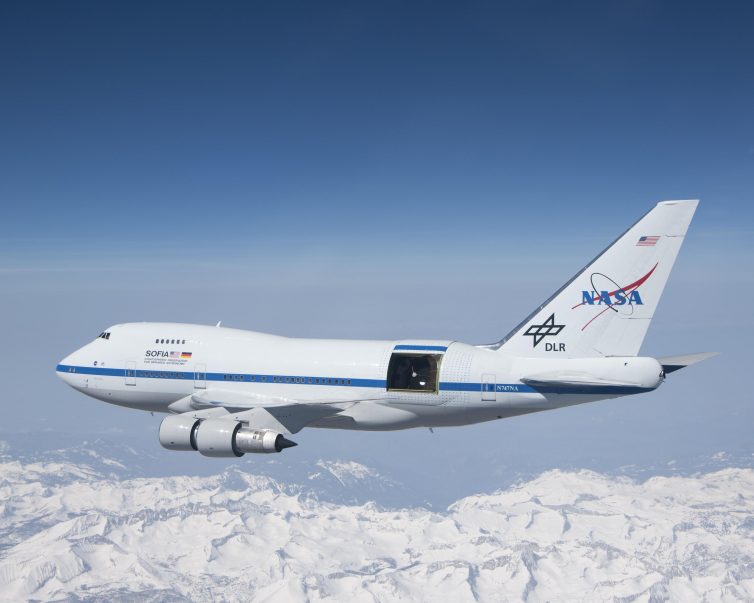
With the sliding door over its 17-ton infrared telescope wide open, NASA’s Stratospheric Observatory for Infrared Astronomy ’“ or SOFIA ’“ soars over California’s snow-covered Southern Sierras on a test flight in 2010 – Photo: NASA
Now imagine that you want to look into the vast reaches of the cosmos, at wavelengths below what the human eye can see, which also happen to be even more affected by the water vapor that resides within the lower atmosphere. A recipe for despair.
The best way to get above the earth’s vapor-barrier would be to build a satellite. I think everyone agrees on that.
If, long after your natural life ends, the billions of dollars in funding you requested to build a satellite is approved – they might name it after you and your grad student’s grandchildren may be able to profit from the data. That doesn’t seem like the best idea for continuing research at a regular tempo does it? What do you do? Well, beyond actually funding scientific endeavors more, there is a second choice.
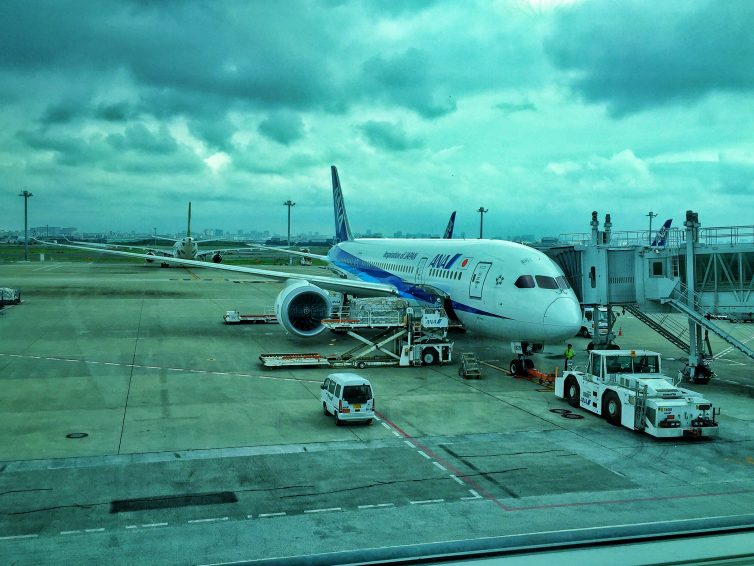
“Inspiration of Japan” — Photo: Manu Venkat | AirlineReporter
Air travel brings people together, but at the same time it can be a great way to experience the differences between countries or cultures. I got to do just that during a trip to Japan, which had long been at the top of my destination list. My time on the ground exploring Japan’s teeming cities was amazing, but I also enjoyed experiencing Japan’s aviation world and how in many ways it differed from what I was used to in the U.S.
Read on for my two cents (two Yen?) on flying around Japan with one of its two flagship airlines: All Nippon Airways (ANA).
Coinciding with the upcoming Veterans Day holiday, Alaska Airlines has unveiled its newest special livery, a patriotic-themed scheme titled “Honoring Those Who Serve.”
-
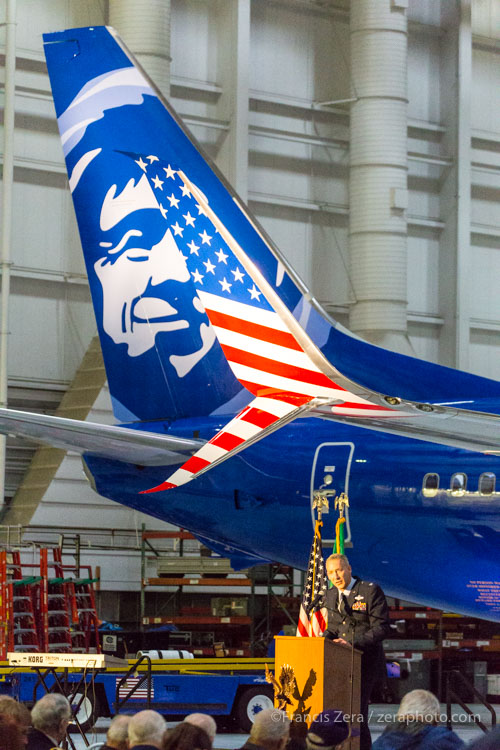
-
Col. Garin Tentschert is the chief pilot for the airline’s Seattle base
-
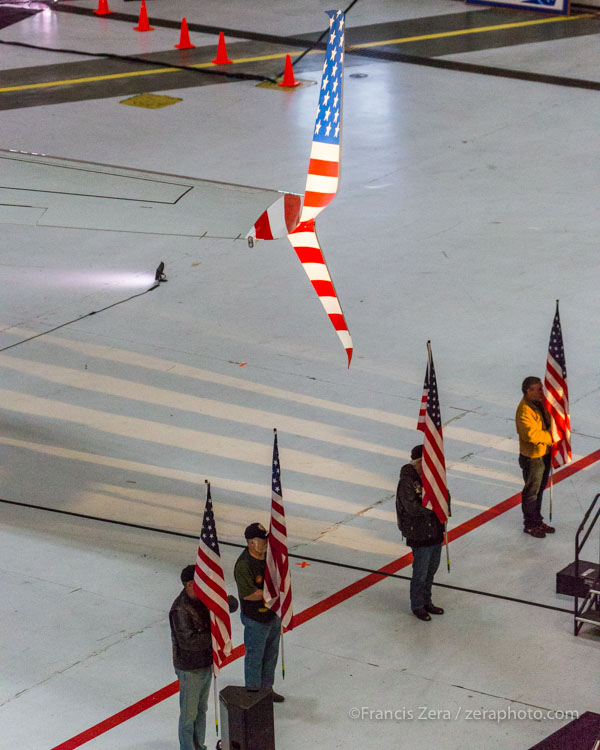
-
Members of the honor guard stand at attention during the ceremony
-
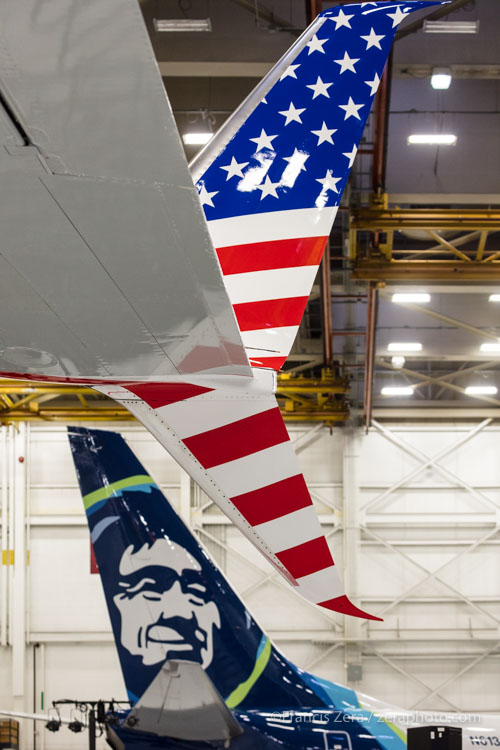
-
The livery features a stylized American flag design on both sides of the split-scimitar winglets
The Oct. 26 event had all the seriousness and dignity of a military function, and attention was called to the airline’s Fallen Soldier Program, which is designed to ensure that a fallen soldier’s remains are treated with respect and dignity while being transported on Alaska’s aircraft. The livery includes a special crest near the rear cargo door that represents the program.
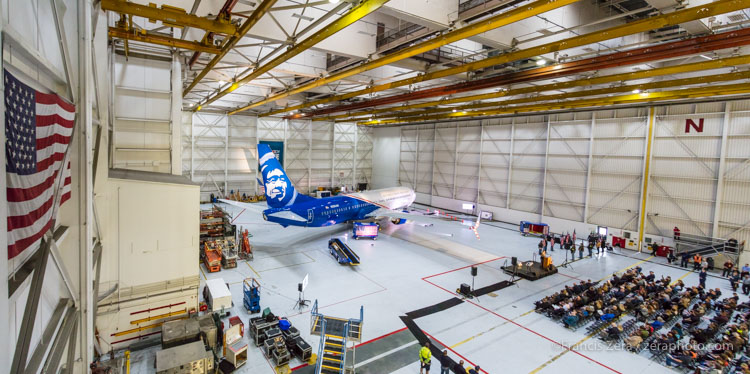
The event was held inside Alaska’s huge maintenance hangar at Seattle-Tacoma International Airport
The brand-new 737-900ER (registration number N265AK) entered revenue service the following day, and will be used across Alaska’s network.
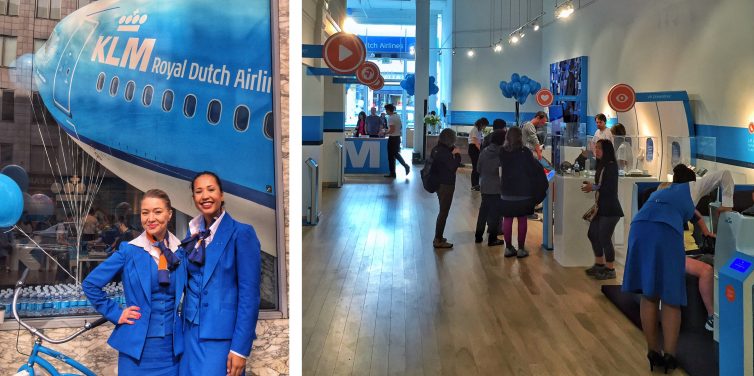
Welcome to the KLM Pop-Up ’“ Photo: Manu Venkat | AirlineReporter
KLM: It’s a bird! It’s a plane! It’s a … radio station, maybe? Actually you were right the second time. But despite its proud 97-year history in aviation, KLM Royal Dutch Airlines isn’t a recognizable brand name for some Americans (AvGeeks excluded, of course).
To fix that issue, the folks at KLM were excited to spread the word about their airline’s onboard product and customer service ethic. The result ’“ a “pop-up” that just made an appearance in downtown San Francisco ’“ featured seat demos, interactive displays, a chance to win flight tickets, and even a dose of virtual reality. What more could any aviation enthusiast ask for?
Join AirlineReporter as we count down our top five favorite parts of the KLM San Francisco Pop-Up.
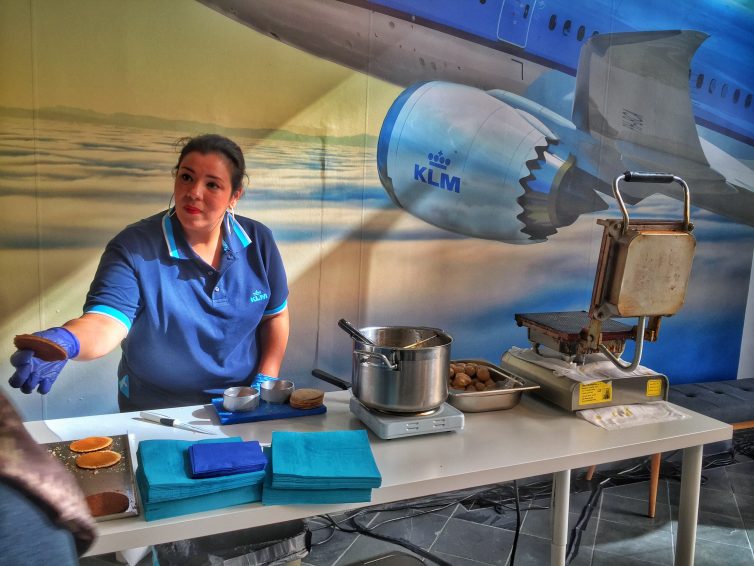
Don’t forget to grab a Dutch stroopwafel on the way in ’“ Photo: Manu Venkat | AirlineReporter










